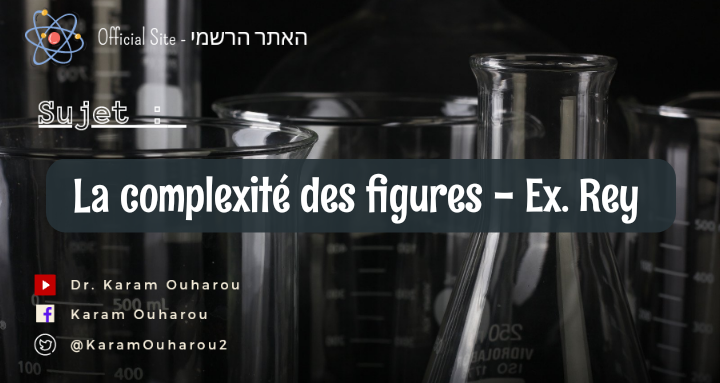Single-Photon Absorption and Emission from a Natural Photosynthetic Complex
Single-Photon Absorption and Emission from a Natural Photosynthetic Complex
Abstract:
Photosynthesis, the process by which plants and some microorganisms convert sunlight into chemical energy, is one of the fundamental mechanisms sustaining life on Earth. Understanding the intricate details of the underlying light-harvesting processes is crucial for unraveling the mysteries of efficient energy transfer and conversion in natural systems. In this article, we explore the phenomenon of single-photon absorption and emission from a natural photosynthetic complex, shedding light on the quantum nature of light-matter interactions in biological systems.
Photosynthetic organisms have evolved remarkable molecular structures known as photosynthetic complexes, which efficiently capture and utilize light energy. These complexes consist of pigment molecules, such as chlorophylls and carotenoids, embedded within protein scaffolds. The absorption and transfer of light energy in photosynthetic complexes involve complex quantum mechanical phenomena that have captivated scientists for decades.
In recent years, advancements in ultrafast spectroscopy and single-molecule imaging techniques have enabled researchers to probe the quantum dynamics of photosynthetic complexes at unprecedented levels of detail. By studying the behavior of individual pigments within the complex, scientists have begun to unravel the quantum nature of light absorption and emission processes in these natural systems.
The absorption of light by photosynthetic complexes occurs through the interaction between photons and pigment molecules. These pigments possess distinct energy levels, and when a photon with the appropriate energy strikes a pigment, it is absorbed, promoting an electron to a higher energy state. This process occurs at the single-photon level, implying that each photon is individually absorbed by a pigment molecule within the complex.
Ultrafast spectroscopic techniques, such as femtosecond transient absorption spectroscopy, have provided valuable insights into the timescales and pathways involved in single-photon absorption. By tracking the dynamics of excited states within photosynthetic complexes, researchers have unraveled the sequence of energy transfer steps occurring at the quantum level, leading to the efficient capture of light energy by the complex.
In addition to absorption, photosynthetic complexes also exhibit single-photon emission phenomena. After the absorption of a photon, the energy is transferred through a cascade of excited states within the complex, eventually leading to the emission of fluorescence or phosphorescence. Single-molecule fluorescence spectroscopy techniques have been instrumental in observing the emission of individual photons from photosynthetic complexes, providing direct evidence of the quantum nature of light emission in these systems.
The emission process in photosynthetic complexes is not only a manifestation of the quantum dynamics of excited states but also provides valuable information about the efficiency of energy transfer and dissipation mechanisms within the complex. By studying the emission properties of individual pigments, scientists can deduce the mechanisms governing energy flow and identify potential bottlenecks that may limit overall energy conversion efficiency.
The discovery of single-photon absorption and emission from natural photosynthetic complexes opens up exciting possibilities for both fundamental research and technological applications. Understanding the quantum dynamics of light-matter interactions in biological systems can inspire the design of more efficient artificial light-harvesting systems and contribute to the development of advanced photovoltaic technologies.
Furthermore, the exploration of single-photon phenomena in photosynthetic complexes can shed light on the role of quantum coherence and entanglement in efficient energy transfer processes. By investigating the coherence properties of pigments and their interplay with the surrounding environment, scientists aim to uncover the mechanisms that enable photosynthetic complexes to maintain a delicate balance between quantum coherence and classical energy transfer.
The observation of single-photon absorption and emission from natural photosynthetic complexes represents a significant breakthrough in our understanding of the quantum nature of light-matter interactions in biological systems. Through cutting-edge spectroscopic techniques, researchers are unraveling the quantum dynamics of energy transfer and conversion processes, revealing the remarkable efficiency and sophistication of natural photosynthetic complexes. This knowledge not only deepens our understanding of photosynthesis but also inspires the development of new technologies that harness the principles of quantum mechanics for sustainable energy solutions.

Comments